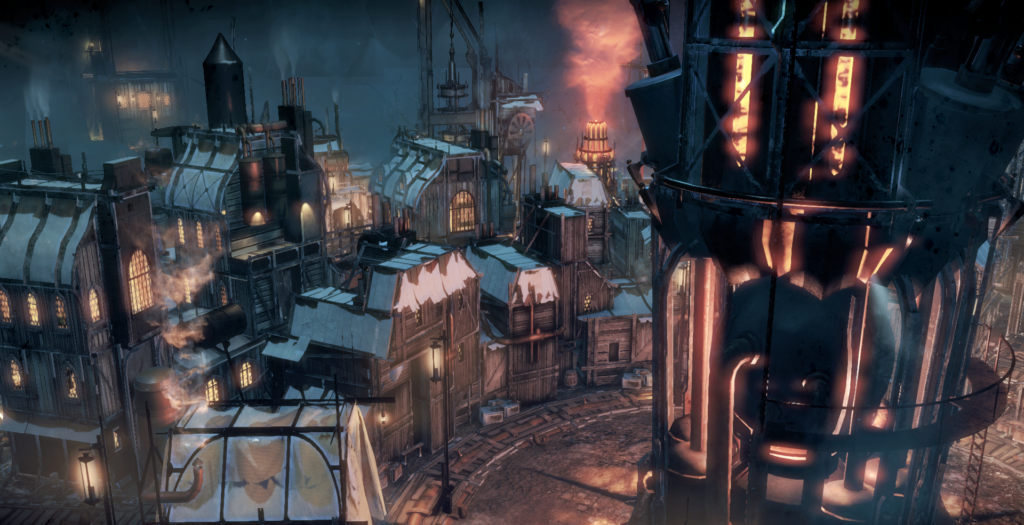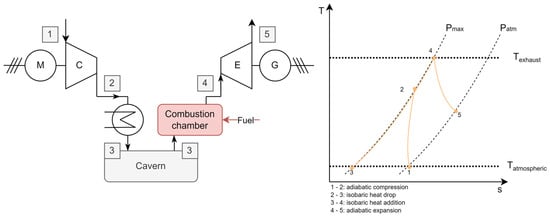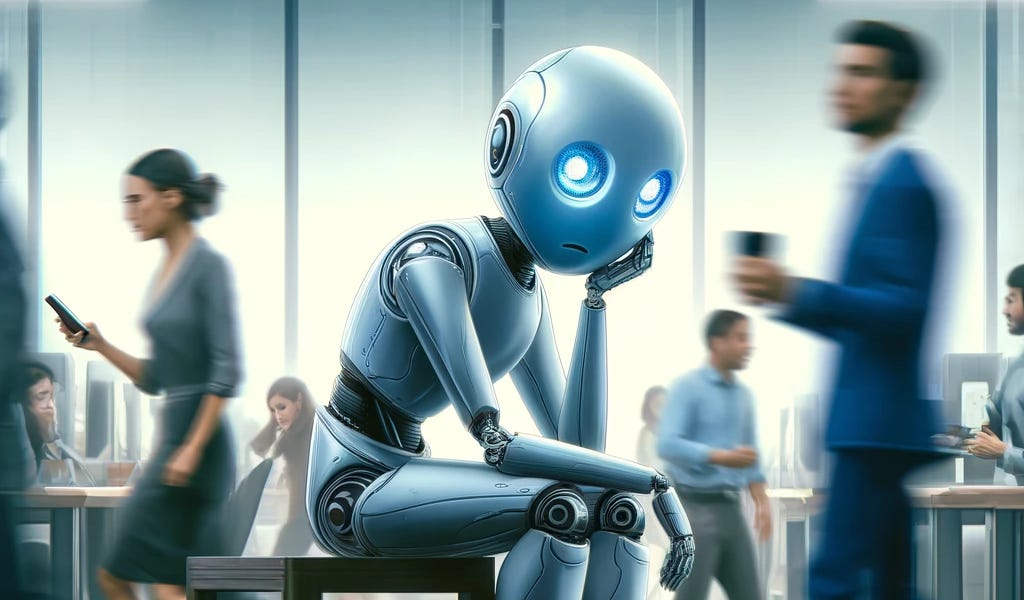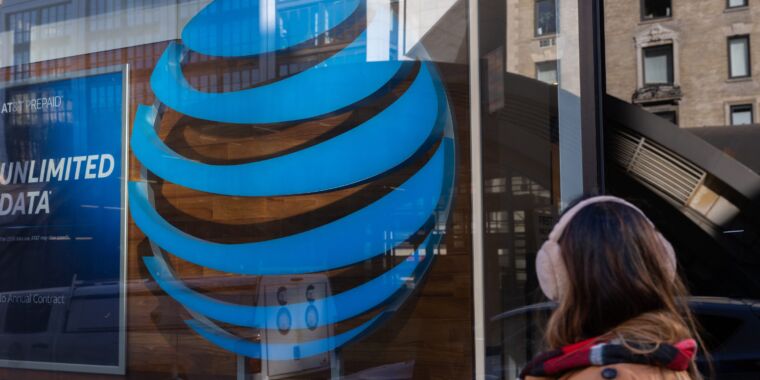
Improving microbial phylogeny with citizen science within a mass-market video game
Citizen science video games are designed primarily for users already inclined to contribute to science, which severely limits their accessibility for an estimated community of 3 billion gamers worldwide. We created Borderlands Science (BLS), a citizen science activity that is seamlessly integrated within a popular commercial video game played by tens of millions of gamers. This integration is facilitated by a novel game-first design of citizen science games, in which the game design aspect has the highest priority, and a suitable task is then mapped to the game design. BLS crowdsources a multiple alignment task of 1 million 16S ribosomal RNA sequences obtained from human microbiome studies. Since its initial release on 7 April 2020, over 4 million players have solved more than 135 million science puzzles, a task unsolvable by a single individual. Leveraging these results, we show that our multiple sequence alignment simultaneously improves microbial phylogeny estimations and UniFrac effect sizes compared to state-of-the-art computational methods. This achievement demonstrates that hyper-gamified scientific tasks attract massive crowds of contributors and offers invaluable resources to the scientific community.
In 2022, more than 3 billion people played video games worldwide1. The growth of this community is expected to continue in upcoming years. The size and diversity of the gamer community show that video games are a universal entertainment activity that transcends generations, gender and cultures2.
Leave a Comment
Related Posts




.jpg)


















